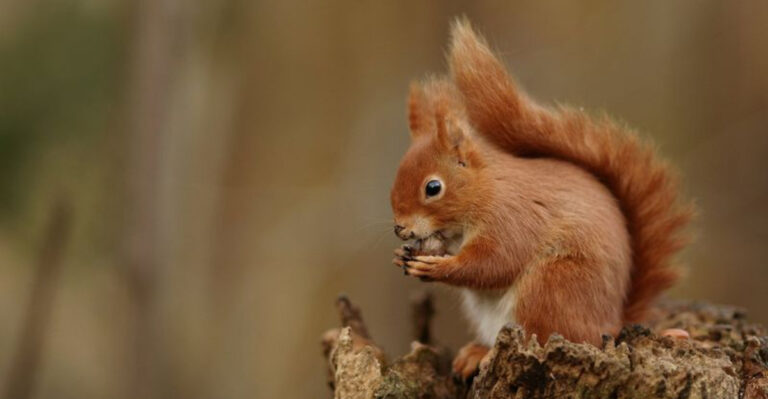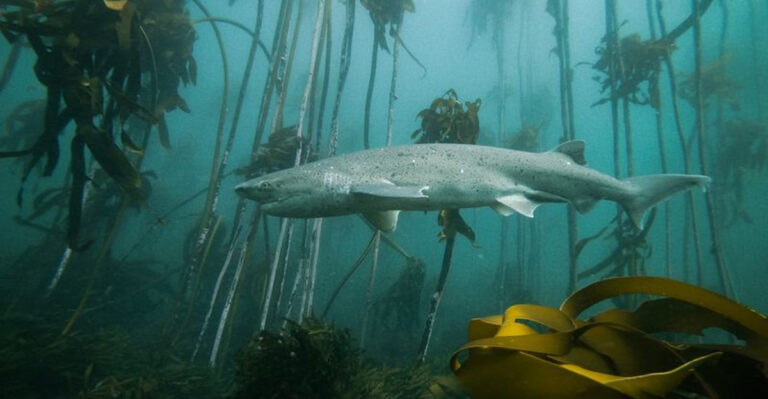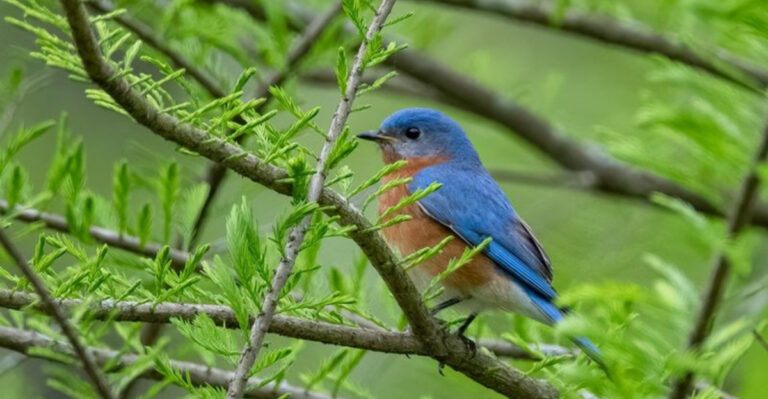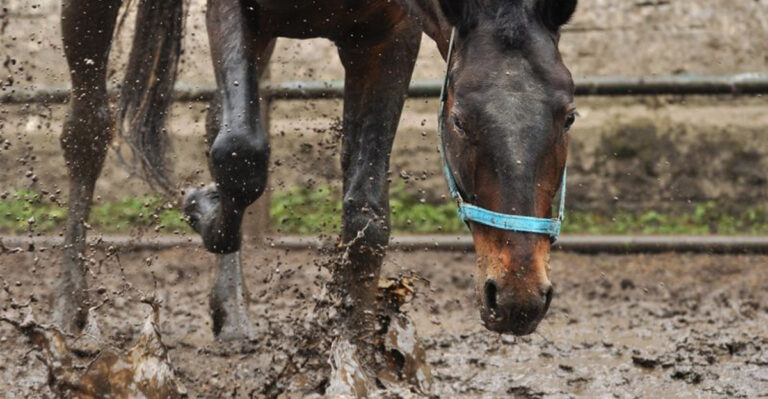15 Reasons These Red Wolves Are Essential To Saving Their Species
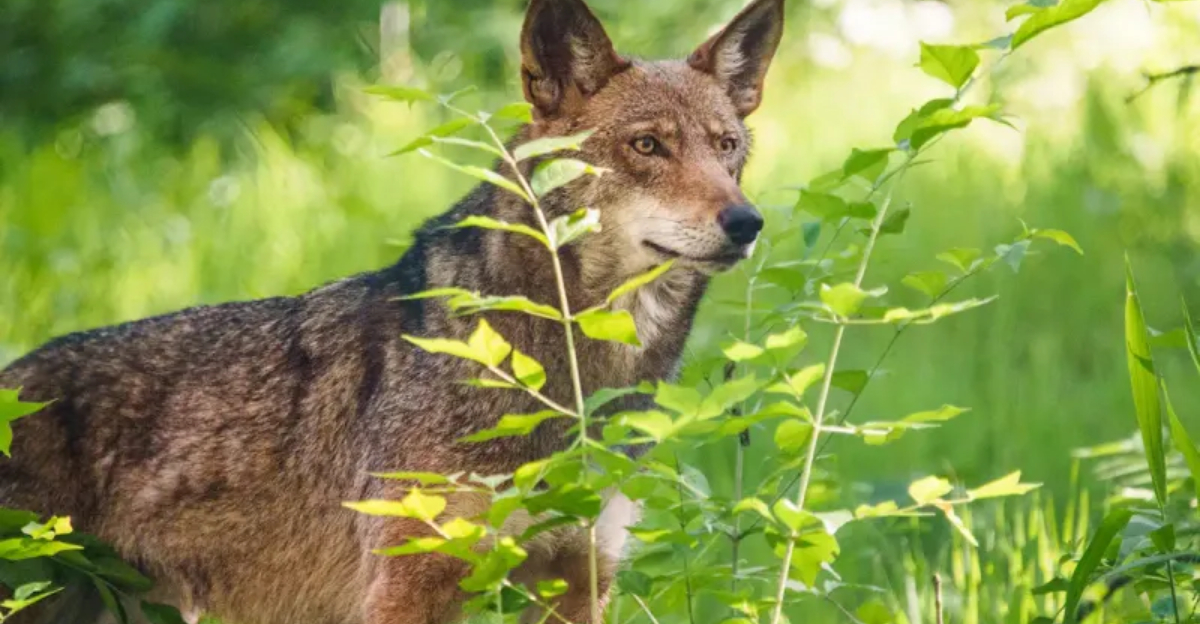
Imagine being the last of your kind, wandering through the wilds of North Carolina.
These red wolves face exactly that fate, making their survival crucial not just for them, but for the entire ecosystem they inhabit.
With only a handful of these majestic creatures left, their story is one of resilience, hope, and the interconnectedness of nature.
1. Last Known Wild Population
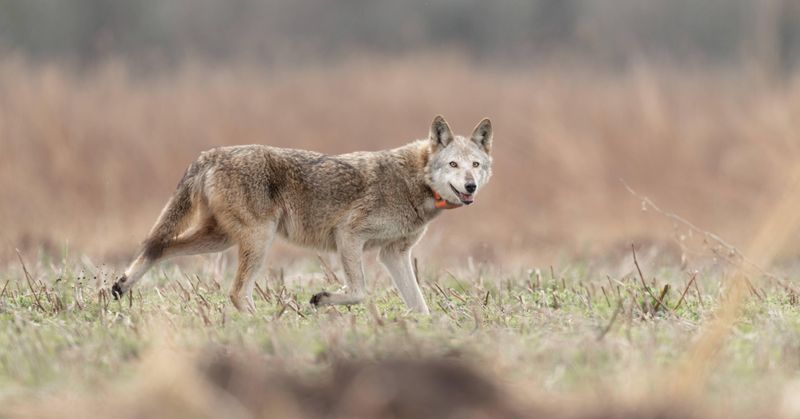
Picture this: You’re the last of your kind in the wild, the sole ambassador of your species. That’s the red wolf in North Carolina.
This isn’t just about one wolf; it’s about the survival of an entire species. With each wolf roaming freely, the hope for their future remains alive.
They symbolize a living legacy, bridging the past and future in a delicate dance with extinction. Their survival means that we haven’t given up on nature’s wonders.
2. Unique Genetic Makeup
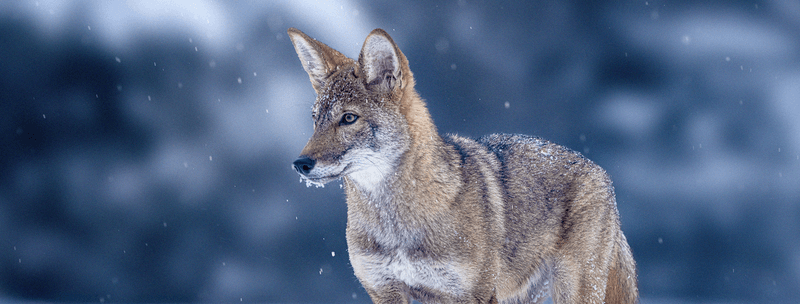
Ever seen a creature whose DNA carries the weight of its entire species? Each red wolf’s genetic code is a treasure trove for scientists and conservationists.
These genes hold the key to understanding and preserving the genetic diversity necessary for the species’ adaptability and health.
It’s like having a living library that tells the story of their evolution and survival. Without them, we’d lose a piece of nature’s intricate puzzle.
3. Heart Of Federal Recovery Plan

You might say these wolves are the VIPs of conservation. They are central to the U.S. Fish and Wildlife Service’s plan to restore the population.
Imagine being at the center of a nation-wide effort to save your kind. Their presence helps drive policies and actions that could turn the tide for endangered species everywhere.
By anchoring such ambitious endeavors, they highlight the importance of coordinated conservation efforts.
4. Hopeful Wild Births
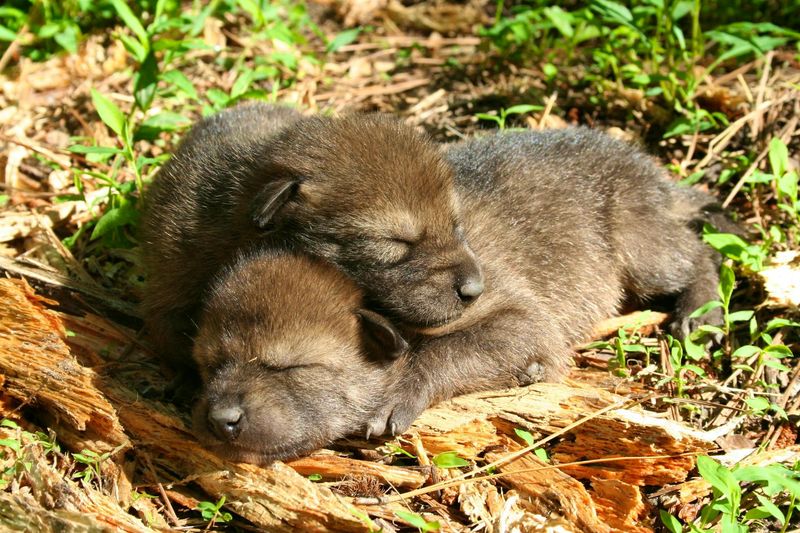
There’s nothing like the sight of new life in the wild, especially when it’s a red wolf pup. Each birth is like a beacon of hope, a signal that life finds a way.
These wild births show that despite the odds, red wolves can still thrive naturally, nudging them closer to a sustainable future in their natural habitats.
It’s a small miracle that keeps conservationists motivated, proving that their efforts are bearing fruit.
5. Teaching Reintroduction Lessons
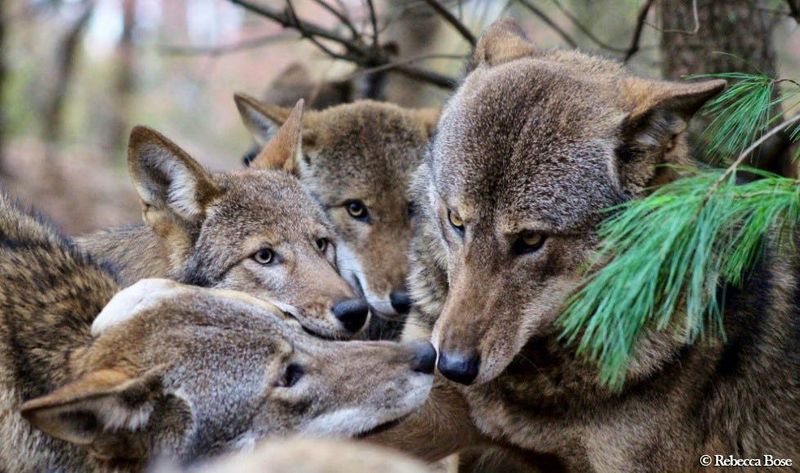
These red wolves are like professors in the wild, teaching valuable lessons about reintroduction efforts.
Their experiences help us understand what strategies work best for bringing species back into their original habitats.
It’s a learning curve, filled with trial and error, but one that could pave the way for other animals facing extinction. Consider them the pioneers of reintroduction, forging a path that others can follow.
6. Ecosystem Balancers
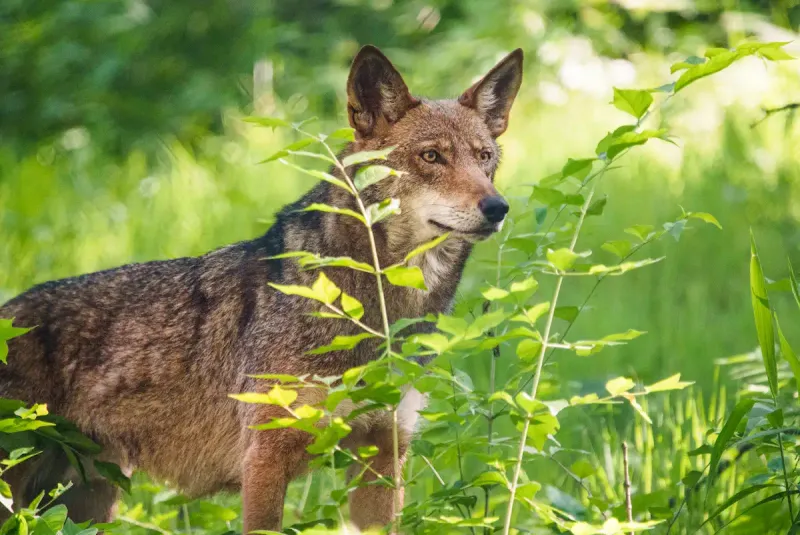
Imagine a world where the balance is kept by the silent presence of a predator. Red wolves play a crucial role in maintaining the ecosystem by controlling prey populations.
This natural regulation ensures that the environment remains healthy and biodiverse. They might not wear capes, but their influence is nothing short of heroic.
By keeping the ecosystem in check, they help foster a thriving natural world where every species can flourish.
7. Advocates For Protected Land
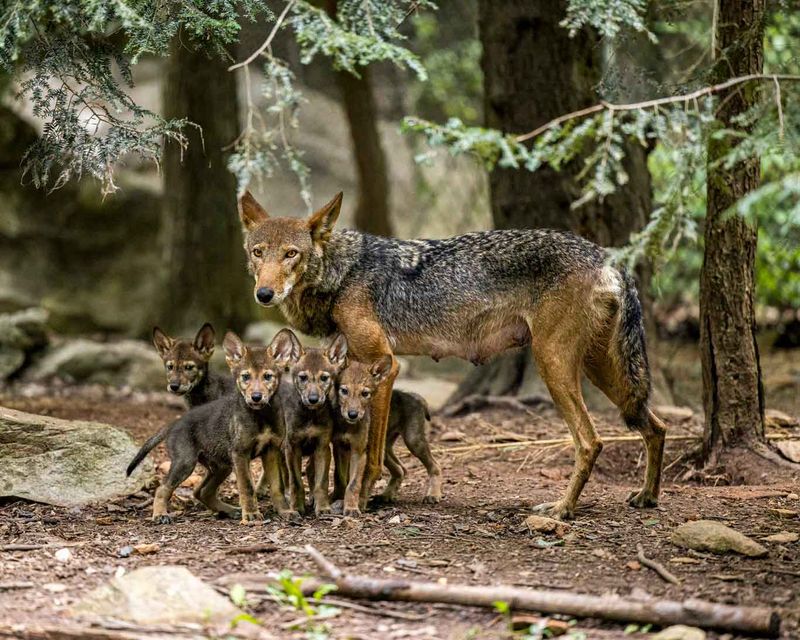
Think of red wolves as the mascots of conservation. Their need for vast, undisturbed habitats makes a compelling case for setting aside protected areas.
These lands don’t just benefit wolves; they provide sanctuary for a myriad of other species too.
Their survival argues for the protection of these spaces, spotlighting the broader need for conservation in the face of urban expansion. They are, quite literally, paving the way for nature’s safe havens.
8. Gaining Public Support
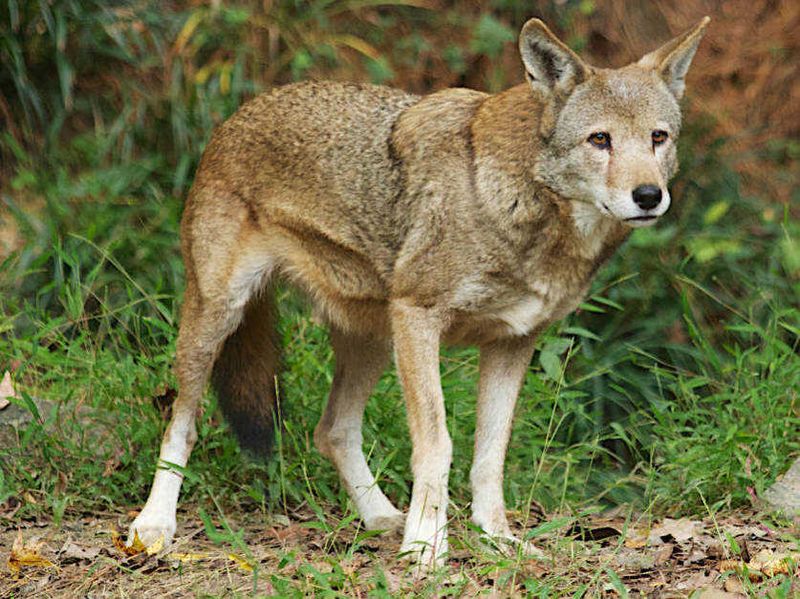
Red wolves have inadvertently become the poster children for endangered species. Their plight captures the public’s imagination, rallying support from individuals and groups alike.
It’s as if they’ve united a community of wildlife advocates who work tirelessly to ensure their survival.
This groundswell of support not only benefits the wolves but helps raise awareness for wildlife conservation on a broader scale. They remind us of our collective power to effect change.
9. Inspiring Captive Breeding Programs
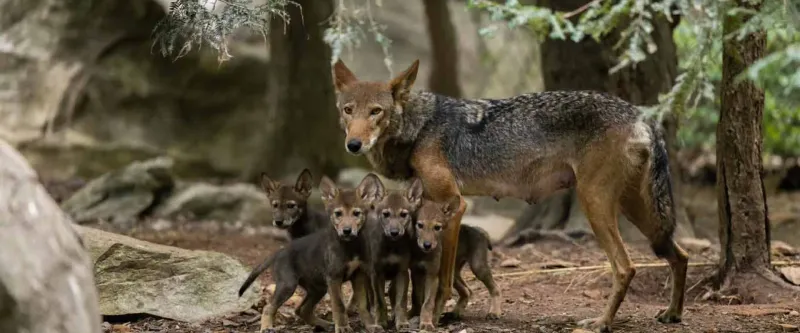
In the world of wildlife conservation, red wolves are the stars of the show, inspiring successful captive breeding programs.
Their natural behaviors and genetics guide these initiatives, ensuring that young wolves can eventually be released into the wild.
It’s like having a blueprint for survival, where each step is informed by the wolves themselves. They offer a glimmer of hope that even in captivity, the spirit of the wild can be preserved and nurtured.
10. Proof Of Wild Resilience
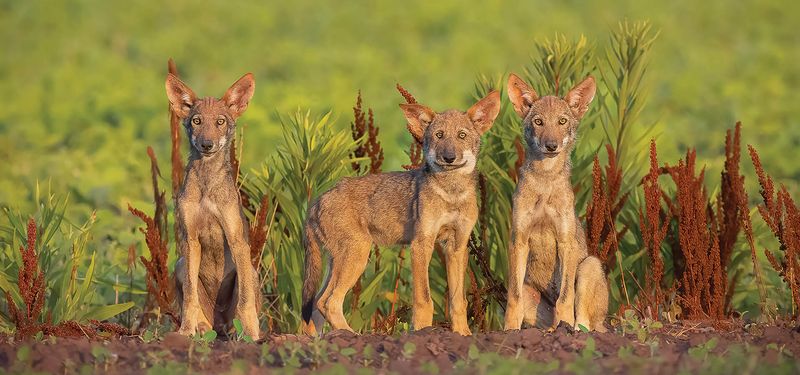
Despite the looming threats, red wolves continue to defy the odds, living, hunting, and raising families in their natural environment.
Their resilience is a testament to nature’s tenacity. It’s like watching a miracle unfold as they adapt and survive in a world that seems determined to challenge them at every turn.
Their presence in the wild is a powerful reminder that with determination and support, survival is possible even in the harshest conditions.
11. Influence On Wildlife Policy
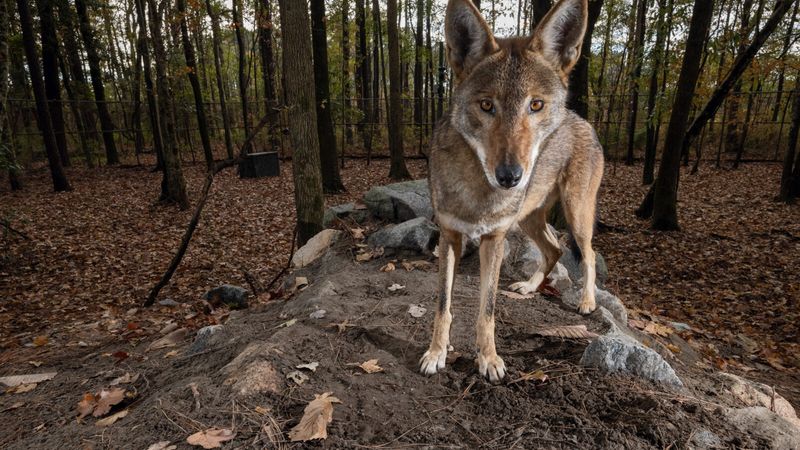
Red wolves are inadvertently shaping the way wildlife policies are crafted and implemented.
Their endangered status brings much-needed attention to the gaps in wildlife management and the need for robust protection measures.
Consider them the catalysts that drive legislative action, pushing for improved wildlife policies that benefit not just them but countless other species.
They highlight the need for ongoing discussions and reforms in wildlife conservation.
12. Model For Species Recovery
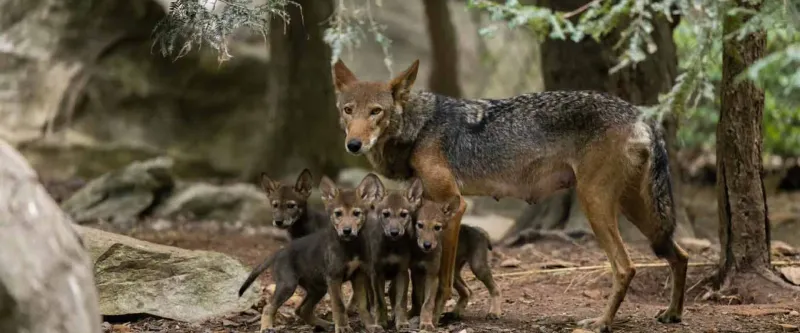
Think of red wolves as the role models for species recovery. The lessons learned from their conservation efforts provide valuable insights for saving other critically endangered carnivores.
They are the living proof that focused efforts, patience, and strategic planning can turn the tide for species teetering on the brink of extinction.
Their journey offers hope and a framework for similar initiatives, showing that recovery is within reach if the right steps are taken.
13. Community Involvement Champions
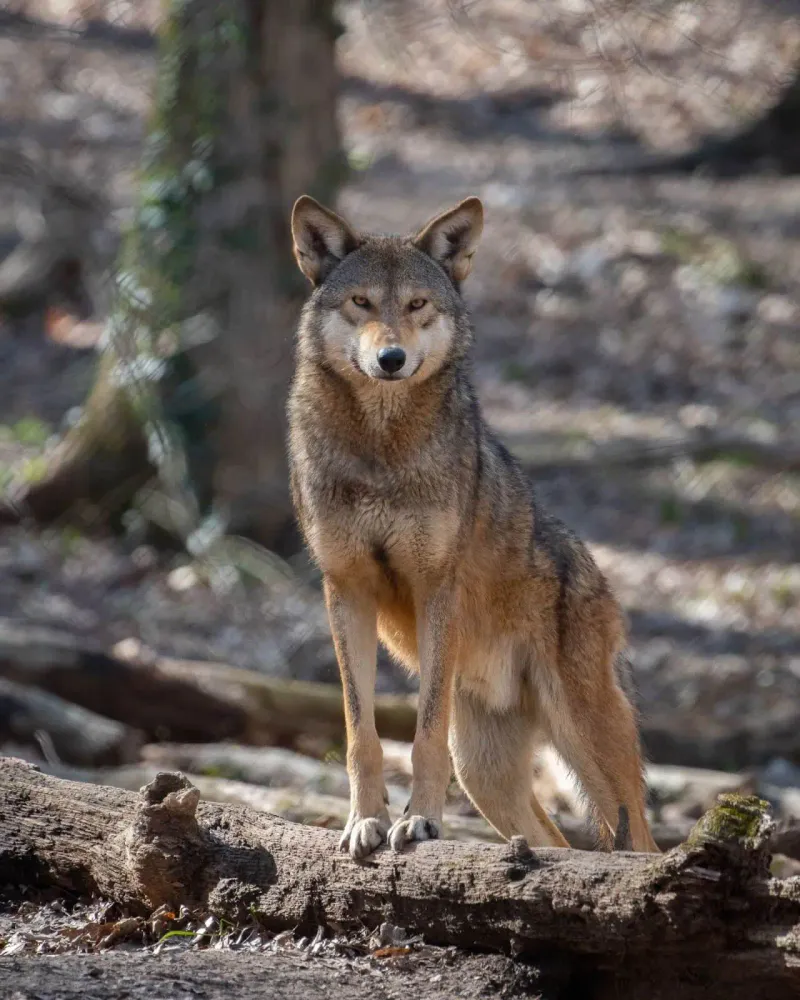
Red wolves have become a rallying point for local communities, highlighting the power of grassroots involvement in conservation.
People from all walks of life have joined forces to monitor and protect these wolves, underscoring the value of community action.
It’s a heartwarming narrative of unity and shared purpose, proving that collective efforts can significantly impact conservation goals. Their story inspires other communities to come together in support of nature.
14. Highlighting Human Impact
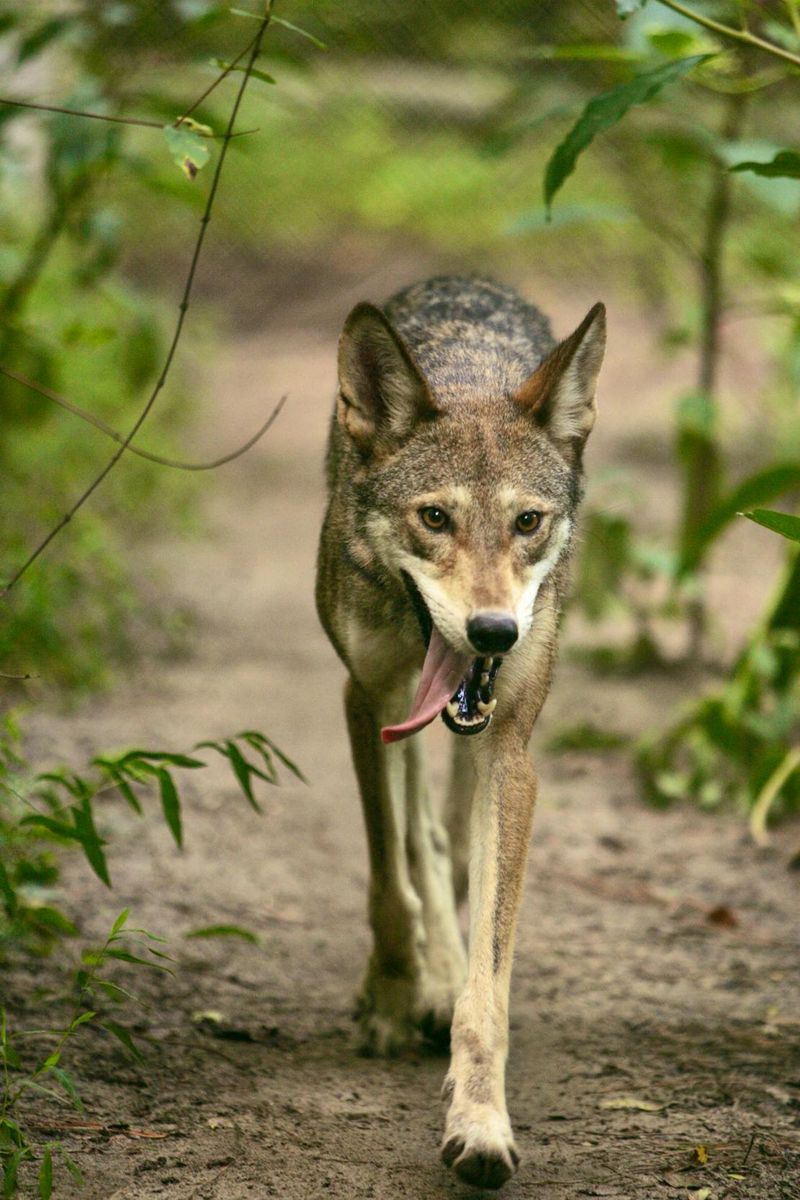
The struggles of the red wolf serve as a poignant reminder of the human impact on wildlife. From habitat loss to vehicle collisions and hybridization, their challenges echo those faced by many other species.
It’s a call to action, urging us to reflect on our relationship with nature and the changes needed to coexist harmoniously.
15. Symbol Of Hope
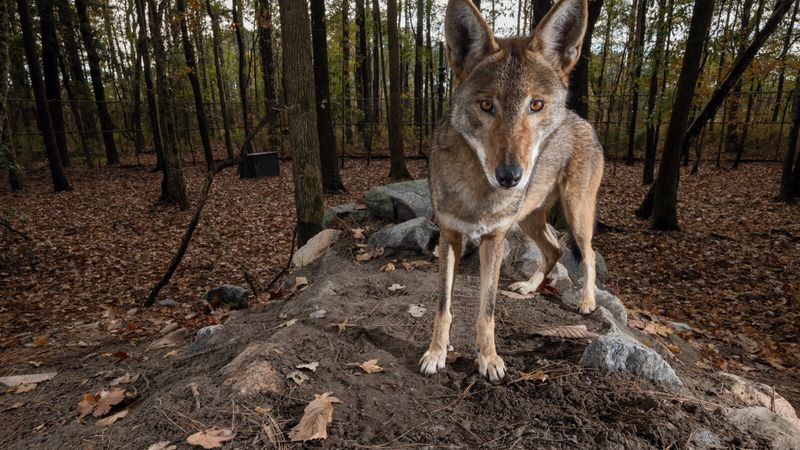
Even when the odds seem insurmountable, red wolves remind us that extinction isn’t inevitable.
Their continued existence is a symbol of hope and perseverance, demonstrating that with dedication and strategic effort, recovery is possible.
It’s like seeing a light at the end of a long, dark tunnel, offering reassurance that all is not lost. Their journey inspires us to keep fighting for the survival of species across the globe.

